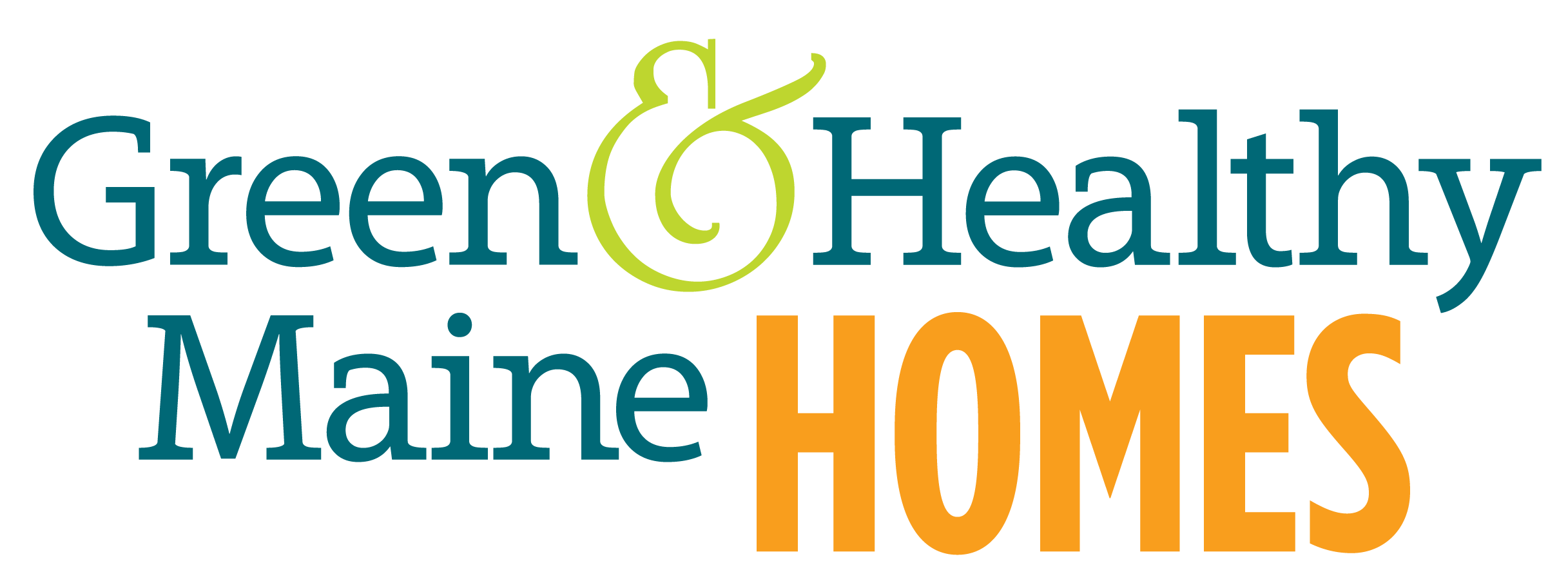No Mow May: Miracle or Myth?
Sustainable Landscaping
To create havens for pollinators to lay eggs and safely hibernate, cut back on garden maintenance and delay cleaning up garden areas until spring temperatures remain consistently above 50 degrees.
By Kerry Lewis, PLA
HOW MANY No Mow May signs did you see on overgrown lawns last spring? Each year, more homeowners seem to be voluntarily forgoing mowing for four weeks in the hopes of benefiting pollinators. To better understand the measurable benefits of No Mow May, I decided to dig in a little deeper to the movement’s origins and goals.
No Mow May originated in 2019 with a group of citizen scientists in the UK who wanted to “provide a feast for pollinators, tackle pollution, reduce urban heat extremes and lock away atmospheric carbon below ground.” While turning off your gas mower for four weeks may not seem like much, reduced emissions aggregated on a large scale could prove beneficial.
That said, No Mow May is not directed to people treating their lawns with synthetic fertilizers and pesticides. If a lawn is a perfect green monoculture of bluegrass managed with synthetic miracle or myth? fertilizers and pesticides, it is quite likely devoid of native pollinators. In that case, No Mow May will result in a bonanza of dandelions, which lack the amino acids pollinators need.
A turf specialist will tell you that it is counterproductive to let a traditional lawn grow well over four inches tall and suddenly chop it down in June. The abrupt lopping will shock the turf just before the season turns hot and dry— and you might even mow down the very pollinators encouraged by No Mow May. In addition, the long clippings will smother the lawn if left behind, and raking up deprives the lawn of the nutrients that would otherwise be absorbed back into the soil from the clippings. A taller lawn will invite fungal diseases, and weeds and invasive plants can establish during the period of no-mowing. That, in turn, could lead to a need for increased pesticide use.
Perhaps a more pragmatic solution lies in a compromise: mowing on a two-week cycle supports pollinators who feed on the more quickly growing turf cohabitating species such as clover. Keep an eye on the turf height, and don’t let it grow more than six inches, mitigating the need to cut more than half at each mowing. The ideal height to mow to is three inches and no shorter.
Despite good intentions, No Mow May is a bandage on the critical problem of suburban areas lacking pollinator habitats. Beyond May, let’s think about giving pollinators a permanent home, not a temporary rental. How much lawn do you really need? Replacing a portion with early blooming native trees, shrubs, perennials, wildflowers and native lawn alternatives—such as mosses, sedges and groundcovers— provides a safe, permanent food source that pollinators can return to every year. To create havens for pollinators to lay eggs and safely hibernate, cut back on garden maintenance and delay cleaning up garden areas until spring temperatures remain consistently above 50 degrees.
There are many resources available online and in print for helping out our pollinators, like Homegrown National Park’s website full of planting suggestions to provide critical food sources for birds. A wildflower meadow in lieu of your perfect green lawn is infinitely more environmentally healthy, and the bees and other pollinators will thank you.
Read more: Sustainable Landscaping
This article appeared in the Spring 2025 edition of Green & Healthy Maine HOMES. Subscribe today!
Find Maine experts that specialize in healthy, efficient homes in the Green Homes Business Directory.





